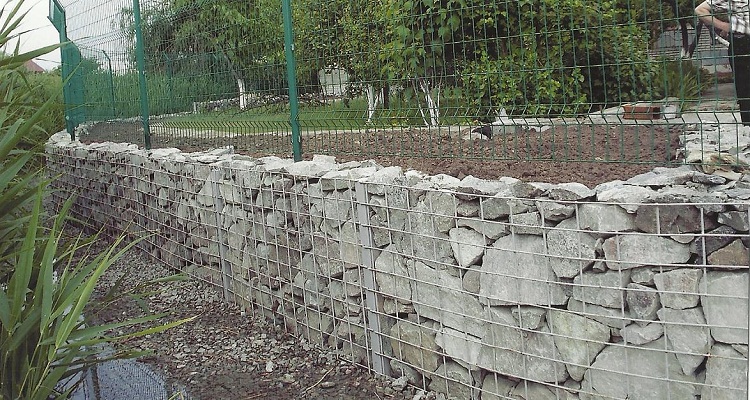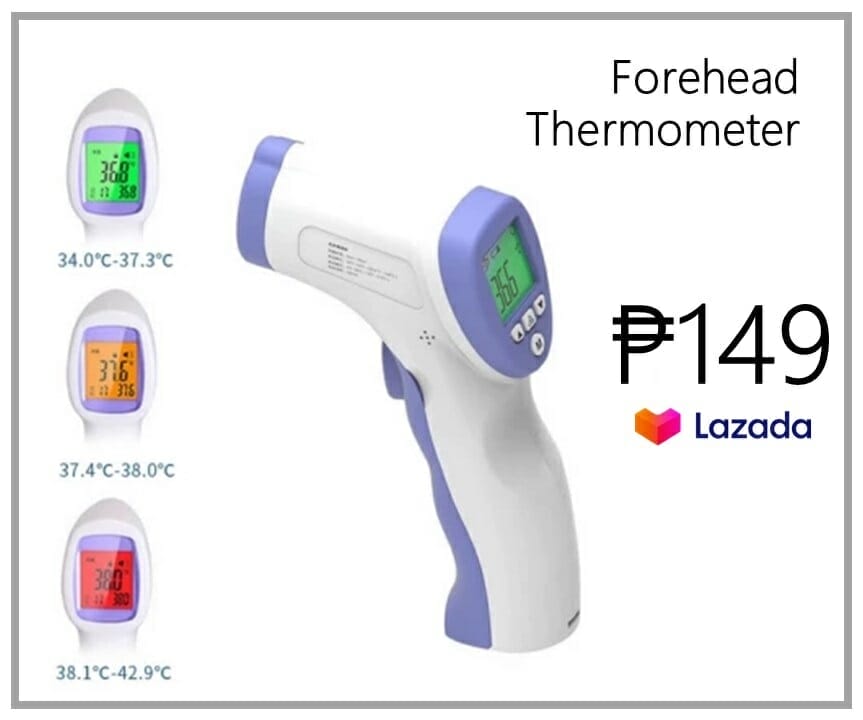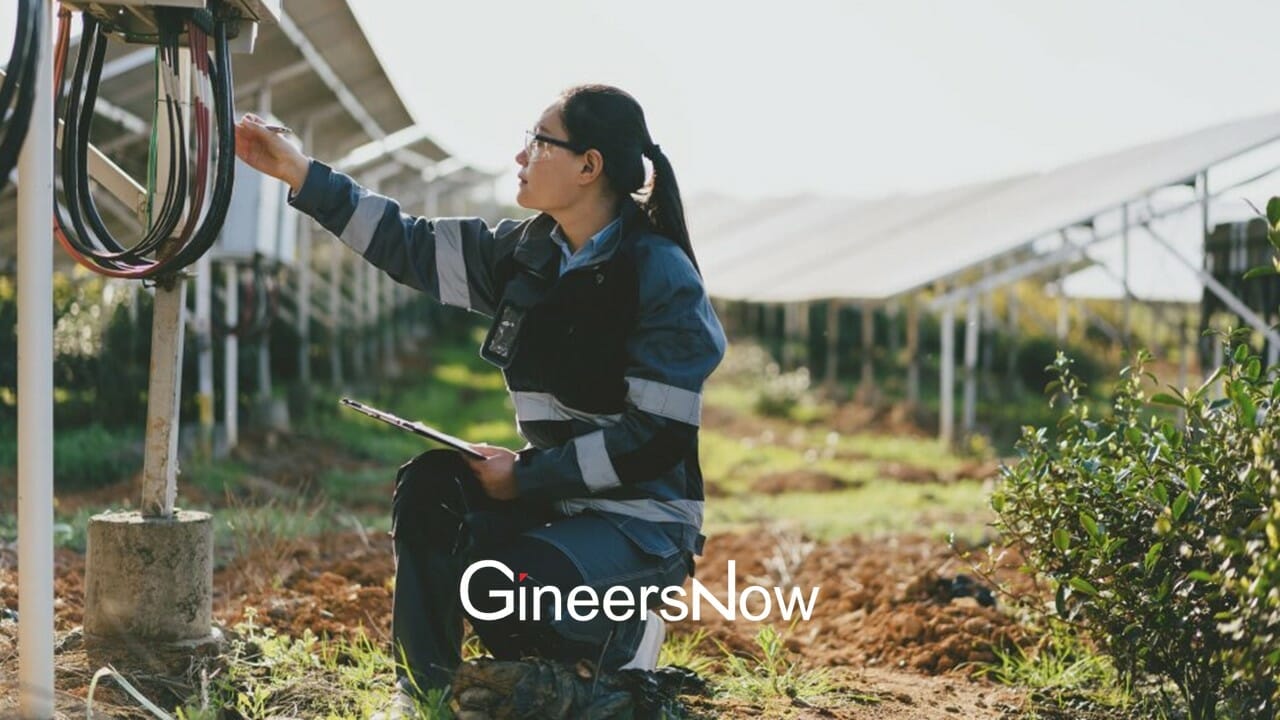Buildings and structures are left in rubble when they are demolished by men, shattered by wars, or destroyed by natural calamities like earthquakes. Every time any of that happens, there is a lot of waste concrete lying around.
These piles of waste concrete often end up in landfills for disposal. That’s apart from the waste made by construction activities. In the US, about 135 million tons of construction and demolition waste are produced annually, which is 3 lbs/person/day.

To be able to place this waste concrete where it belongs, it takes a considerable amount of money to transport the waste concrete to the landfill and dispose of it properly.
But there is a better, more sustainable, and more economic way to use waste concrete instead of disposing of it in landfills: recycling.

Source: Pinterest
Concrete recycling is not an entirely new solution to the growing problem of concrete waste worldwide. It is not just widely adopted. Not many companies want to invest in concrete recycling equipment and technology despite the advantages of the process.
When concrete is recycled, the landfills where it is supposed to be dumped are cleared, thus reducing the need for more landfills. Concrete is non-biodegradable and takes up a lot of landfill space.

Recycling concrete into usable aggregate also consumes less energy than processing new stone for building and structure construction. This means a lesser need for mining or more mining resources for other uses.
Perhaps the greatest advantage of concrete recycling is its construction application. Rather than use fresh concrete, construction activities utilize recycled concrete, like road foundations, landscape materials, soil stabilization, and pipe bedding.

Source: Geofabrika
Meanwhile, recycled concrete as aggregates can be combined with virgin aggregate when used in new concrete.
The process of concrete recycling is not a complicated science. It starts with crushing the concrete using equipment with jaws and impactors. Others suggest pulverizing the waste concrete, but doing so makes it harder to separate the unnecessary components and control the particle size distribution.
After the concrete is crushed, dirt is separated from the aggregate by screening. The next step is to remove the steel, plastic, soil, and wood from the concrete using a magnet, water flotation, or air separator.

By-products of this process are aggregates of various grades and types.
A note worth taking is that recycled concrete as aggregates do not have the same properties as fresh aggregates. Typically, they have a higher absorption and lower specific gravity than natural aggregate, and produce concrete with slightly higher drying shrinkage and creep. Meanwhile, the crushing strength and impact resistance are lower in recycled concrete.
When it comes to strength, recycled aggregate concrete is about 10 to 15 percent weaker than concrete with fresh aggregate.

Sources: The Constructor | Concrete Thinker | The Balance
Do you want to know more about recycled concrete? Let us know.
Do you agree with the recycling concrete concept? Leave your comment.

















